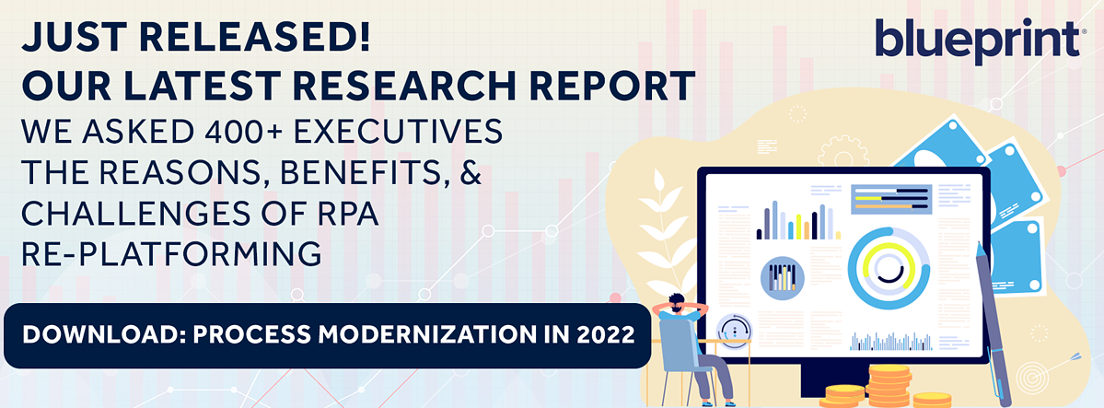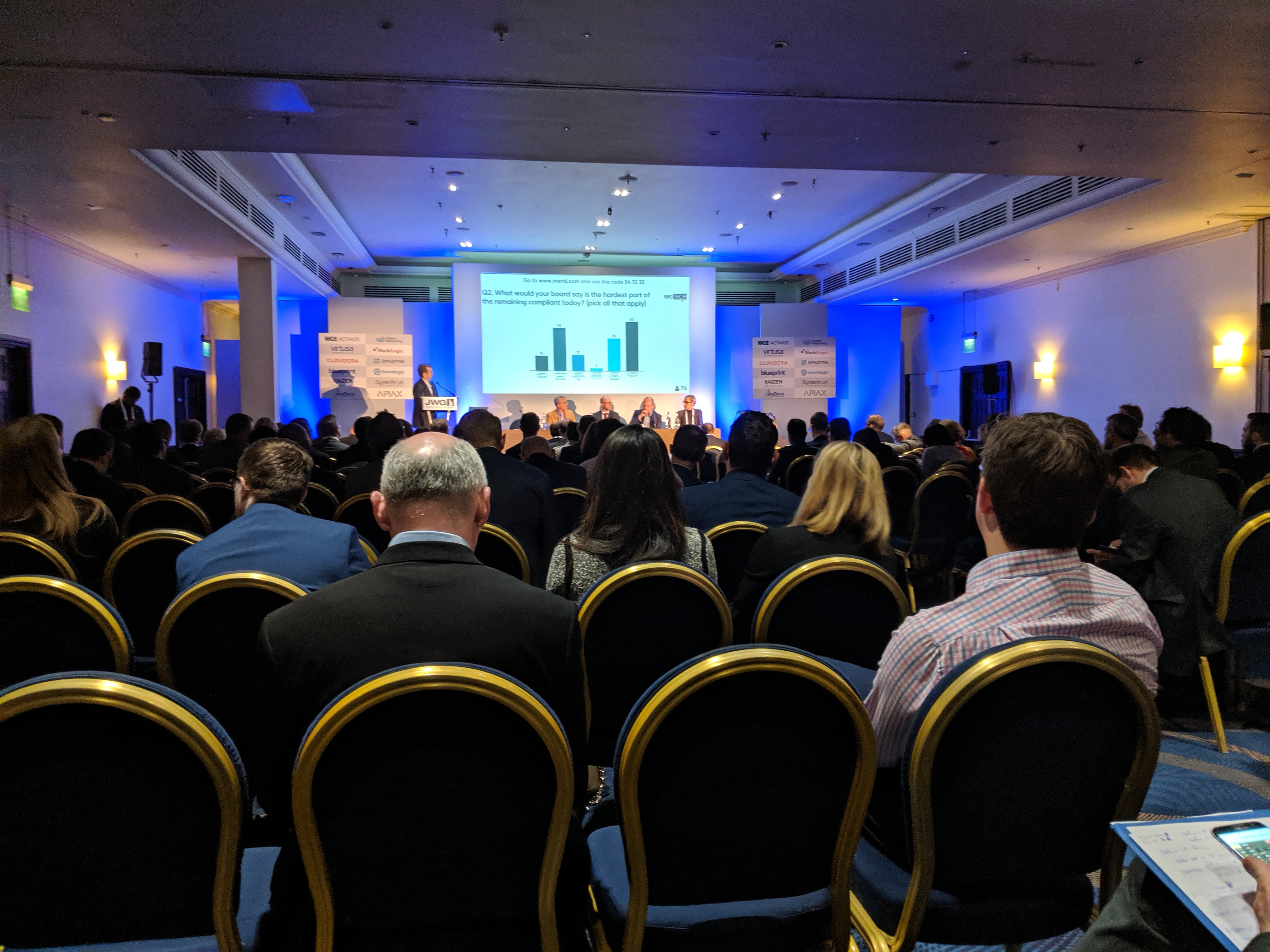7 Technology Trends for 2021 That We’re Putting Our Money On
We live in a digital age where technology trends evolve at such a rapid pace that it’s difficult to keep track of not only where we are but also what’s coming. For enterprise innovation leaders across all industries, keeping a pulse on emerging technology is not a game of fine margins—it’s a critical necessity. Being aware of technology trends and early implementation can be the difference between driving operational efficiency and growth or playing a constant game of catch up.
To help large organizations keep pace, adapt to the disruption that 2020 saw, and maintain a competitive edge, these are the 7 technology trends for 2021 that we’re putting our money on:
1. Hyperautomation
Hyperautomation is implementing an end-to-end automation toolchain that allows organizations to automate more complex and complete processes. Even though Hyperautomation has fallen to the 9th spot on Gartner’s Top Strategic Technology Trends for 2021 after debuting at number 1 on their 2020 list, we’re betting that hyperautomation will gain much more traction after a year of disruption and constant adaptation.
With 2020 forcing all industries and businesses to adjust to surges in demand and supply, remote workforces, and market fluctuations, we believe more companies will look to invest in automation. Specifically, companies will be looking at process/task mining, process discovery, process modeling, and automation design tools to scale RPA and respond to the murky landscape we still find ourselves in with more complex, end-to-end automation.
2. Intelligent Automation
Following the same theme of hyperautomation, intelligent automation is another technology trend that will receive a lot of attention and investment in 2021. Intelligent automation combines robotic process automation (RPA) and artificial intelligence (AI) to automate complete business processes end-to-end.
With a greater emphasis on automation, we predict that organizations will aggressively adopt AI to automate decision-based sub-processes to augment the rules-based processes being automated with RPA.Naturally, this will also trigger an increased reliance on AI.
Read more on the Technologies Shaping the Future of RPA here.
3. Artificial Intelligence
Because of how integral artificial intelligence is to intelligent automation, it’s only natural that this technology trend will aggressively grow in prominence and application.
We anticipate greater adoption of AI technologies like machine learning, computer vision, and natural language processing (NLP). This will help organizations automate more and more of their business processes to drive operational efficiency, cost reduction, improved employee and customer experiences, and resiliency after Covid-19 magnified the importance of automation.
4. Internet of Behaviors
Internet of behaviors (IoB) leads off Gartner’s Top Strategic Technology Trends for 2021. IoB is a method of collecting physical and digital data for the purpose of influencing behavior.
An example of an IoB application that Gartner provides is monitoring health protocols at industrial sites to determine if important measures are being met, like if employees are washing their hands regularly,wearing masks, and following social distancing regulations. It’s not a stretch to see this technology trend being rapidly applied across various industries under the current global climate.
5. Total Experience
Total experience is another highly rated emerging technology from Gartner’s list of top technology trends for 2021. It refers to a holistic approach that collectively optimizes multiexperience (MX), customer experience (CX), employee experience (EX), and user experience (UX). It relies on the application of multiple technologies to improve these different experiences.
Gartner provides one practical example of a telecom company that implemented an appointment system and provides automatic notifications when the user comes within 75 feet of the physical store to guide them through the check-in process and alert them of wait times due to social distancing measures.
6-Remote Operations
Remote operations refer to an operating model that prioritizes digital-first and remote work experiences. The idea is to enable your customers with digital products wherever they are and allow your employees to work from wherever they want.
The majority of the workforce that has the fortune to do so is working remotely. Even when things get back to normal, the expectation is that many workforces will remain predominantly remote. At a minimum, it can safely be predicted that the balance will skew largely to working from home.
Remote operations that deliver digital-first experiences demand changes to enterprise architecture that force accelerations in digital transformations. Expect to see higher adoption of cloud-based collaboration technologies, increased data security measures, and even more automation to support remote operations.
7. Enterprise Risk Management
While not an emerging technology, enterprise risk management will receive greater attention in 2021.
Organizations are rapidly increasing their efforts to scale and accelerate RPA and automation in general. The focus is on back-office processes in particular, with the goal of improving the elasticity and resilience of their operations, and delivering a better customer experience to respond to the strain the pandemic put on those processes.
Yet those processes still have to be compliant, and with the spike in regulations COVID-19 produced, expect to see more investment and adoption of digital solutions to better manage regulatory change and risk, specifically with digital workforces in mind.
Blueprint already offers a best-in-class solution for automation risk analysis and change management. Blueprint’s Impact Explorer – one of the core tools in Blueprint’s Business Transformation Platform – is purpose-built to deliver instant risk analysis for automations and more effective change management. By tracing all regulations and other dependencies to your automated processes, you can instantly visualize the impact of change to all affected processes and coordinate the preventative actions needed to implement a proactive change management strategy.
For details on how Blueprint's Impact Explorer, download the datasheet.
Share this
Recent Stories

Hyperautomation: The Next Stage of RPA Evolution

3 Overlooked Ways RPA Can Help Drive Your Digital Transformation





